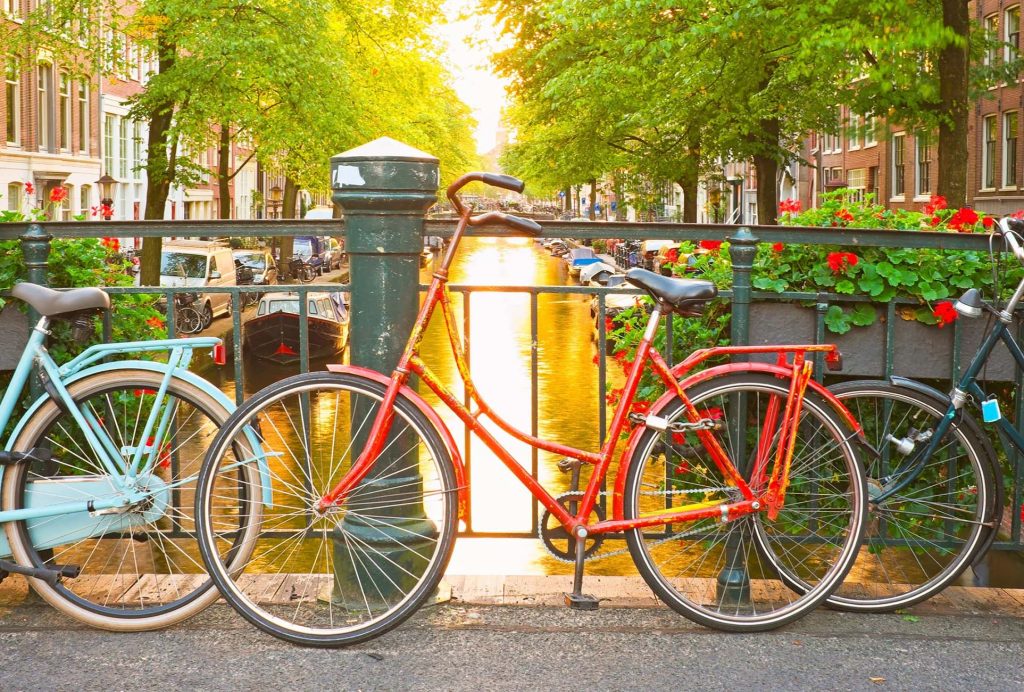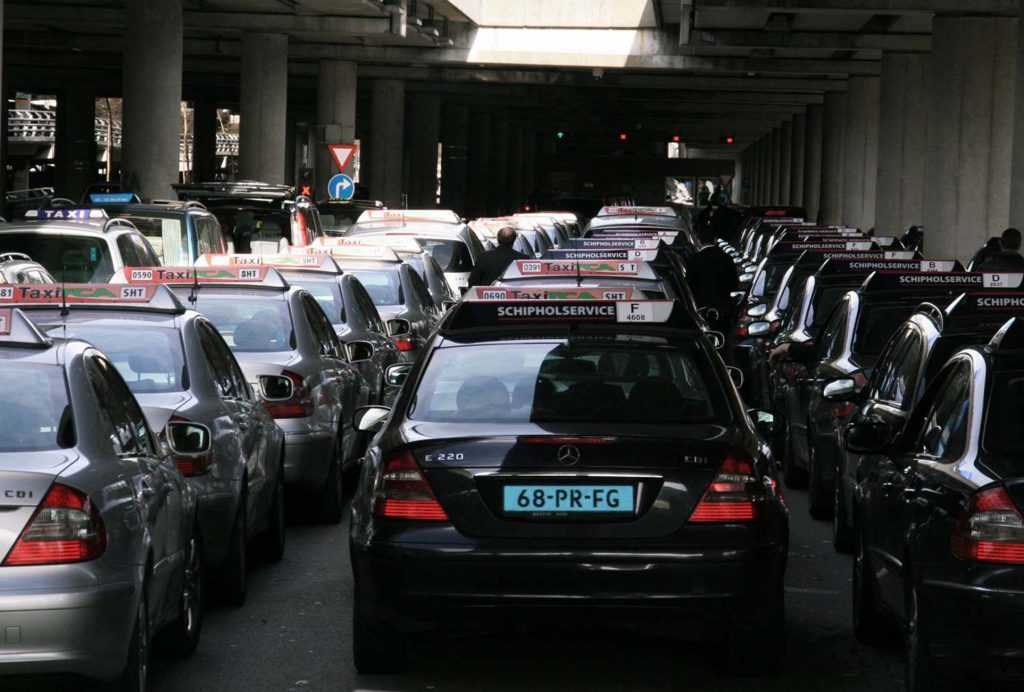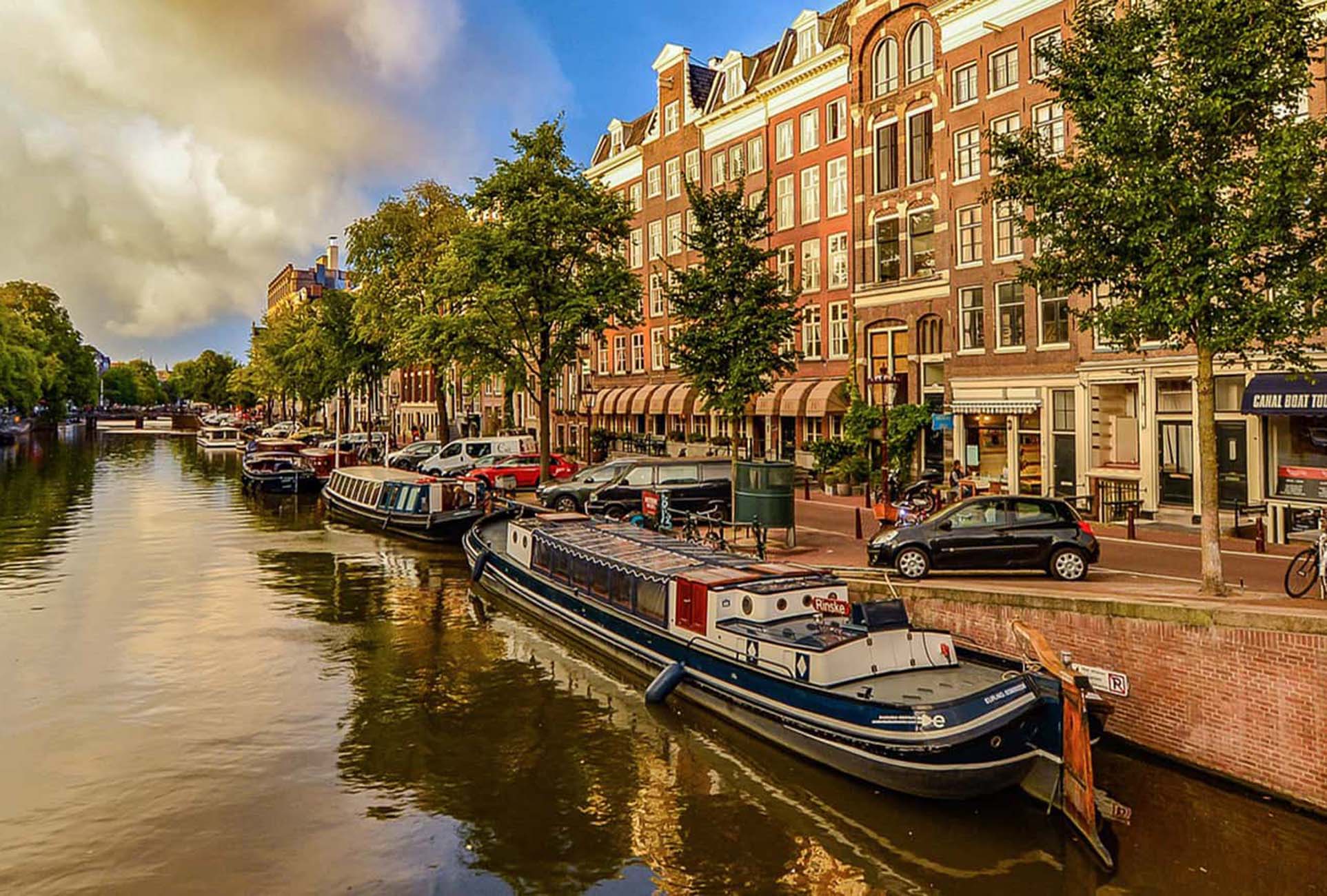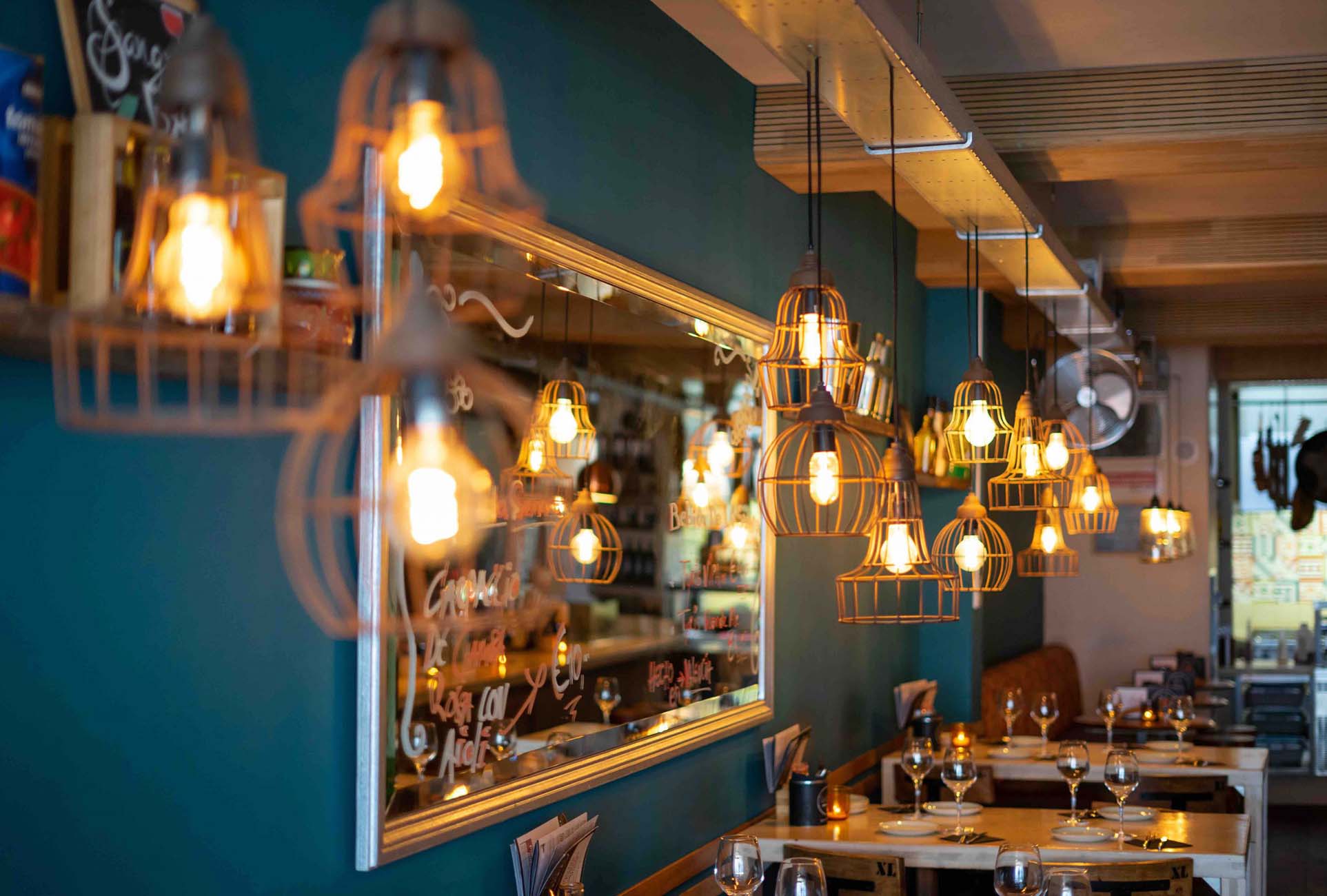Amsterdam is a city filled with charm, history, and vibrant culture, making it one of the most attractive destinations in Europe. I know that one of the key elements of enjoying a city is mastering its transportation options. In Amsterdam, getting around is both an adventure and a breeze due to its well-organized, multi-modal public transport system, bike-friendly infrastructure, and compact layout.
In this detailed guide, I’ll share everything you need to know about navigating Amsterdam, from public transport and bike rentals to walking tips and using car services. Whether you’re visiting for a weekend or staying for an extended time, these tips will help you explore the city like a pro.
1. Biking: The Quintessential Amsterdam Experience
Why Amsterdam is a Biking City
Amsterdam is synonymous with cycling. The city is famous for its extensive bike lanes, flat terrain, and an overwhelming number of bicycles (there are more bikes than people here!). Biking is often the fastest, most convenient, and eco-friendly way to get around. Locals and tourists alike use bikes for commuting, sightseeing, and running errands. As a first-time visitor, biking not only offers convenience but also lets you immerse yourself in the local culture.

Where to Rent a Bike
There are numerous bike rental shops scattered across Amsterdam. Some well-known options include:
- MacBike: One of the largest and most popular bike rental shops with multiple locations. They offer standard city bikes as well as electric bikes.
- Yellow Bike: A reliable option with eye-catching yellow bikes that are hard to miss. Their service includes guided bike tours.
- A-Bike: Located near the Rijksmuseum, A-Bike offers a variety of rental options, from city bikes to e-bikes.
Prices for bike rentals start at around €10-€15 per day for a standard bike, while electric bikes cost a bit more.
Safety Tips for Biking in Amsterdam
- Stay in the bike lanes: Amsterdam has dedicated bike lanes (usually marked in red) on almost every street. Stick to these lanes to avoid collisions with cars and pedestrians.
- Use hand signals: Indicating turns with hand signals is important for safety, especially in busy areas.
- Lock your bike: Bike theft is common in Amsterdam, so always lock your bike securely to a fixed object using two locks (a frame lock and a chain lock).
- Respect traffic lights: There are specific traffic lights for cyclists, and it’s essential to follow them.
Best Routes for Scenic Rides
- Vondelpark: A large park perfect for a relaxing ride away from the busy streets.
- Canal District: Cycling along the UNESCO-listed canals offers a picturesque view of Amsterdam’s historical architecture.
- Oosterpark: A quieter park east of the city center, ideal for those looking to escape the crowds.
2. Public Transportation: Efficient and Easy to Use
Amsterdam boasts an excellent public transport system, primarily managed by GVB (the city’s public transport operator). It includes trams, buses, ferries, and metros. Most locals use public transportation for longer distances or when they don’t feel like biking.
OV-Chipkaart: The Key to Public Transit
The OV-Chipkaart is the essential tool for using public transportation in Amsterdam. It works like a prepaid travel card and can be used on trams, buses, and metro services.
- Anonymous OV-Chipkaart: Costs €7.50 (without credit) and can be purchased at stations or kiosks. Load credit onto it and check in and out when boarding and exiting vehicles.
- Single Tickets: If you’re only staying for a short time, you can buy single tickets on trams or buses, but these are more expensive than using an OV-Chipkaart (€3.40 per ride).
- GVB Day Passes: If you plan to use public transport frequently, consider purchasing a day pass for unlimited rides within a 24, 48, or 72-hour period. Prices range from €8.50 for 24 hours to €28 for 7 days.
Trams: The City’s Lifeline
Trams are the backbone of Amsterdam’s public transport system, with 14 different lines connecting the city center to surrounding neighborhoods. The trams are clean, reliable, and run from around 6 AM to midnight.
- Where to Catch Them: You’ll find tram stops at most major squares, including Dam Square, Leidseplein, and Museumplein.
- How to Pay: Tap your OV-Chipkaart on the card reader when boarding and exiting the tram. If you don’t have one, you can buy a single ticket from the tram conductor.
Buses: Best for Late Night and Outskirts
While trams are ideal for getting around the city center, buses cover the more distant neighborhoods and run after trams stop operating (night buses run until around 6 AM). Bus stops are well marked, and schedules are easy to follow with digital displays at the stops.
- Regional Buses: If you’re planning a day trip to places like Zaanse Schans or Keukenhof, you’ll be using regional buses, which are also covered by the OV-Chipkaart.
Metro: Fastest for Long Distances
Amsterdam has five metro lines, with the newest North-South Line (Line 52) connecting the northern part of the city to the south. The metro is particularly useful if you’re staying in more distant neighborhoods, such as Bijlmer or Amstel, or if you’re heading to Amsterdam Central Station.
- Metro Line 52: If you want to get across the city quickly, this line takes you from Noord to Zuid in just 15 minutes.
Ferries: Free Rides Across the River IJ
If you’re staying in the Noord (north) part of Amsterdam, you can use one of the free ferries that run from behind Amsterdam Central Station. The most popular ferry route is the one to NDSM Wharf, a former shipyard turned into a cultural hotspot with street art, restaurants, and event spaces.
3. Walking: The Best Way to Explore the City Center
Amsterdam’s city center is compact and pedestrian-friendly, making walking one of the best ways to explore the historic canals, quaint neighborhoods, and hidden courtyards. Most attractions are within walking distance of each other, and there are plenty of scenic routes to take.
Walking Through Amsterdam’s Iconic Districts
- Jordaan: A picturesque neighborhood filled with narrow streets, unique boutiques, and cozy cafés. Walking here is like stepping back in time, as the Jordaan retains much of its old-world charm.
- Nine Streets (De Negen Straatjes): This area is known for its quirky shops and artisanal eateries. It’s perfect for a leisurely stroll and window shopping.
- Red Light District: One of the oldest parts of the city, the Red Light District offers a mix of history and culture, with old churches and lively nightlife.
Pedestrian Tips
- Watch out for bikes! Amsterdam’s bike lanes are as busy as its streets, so always check for cyclists when crossing the road.
- Comfortable shoes: The city’s cobblestone streets can be tough on your feet, so wear comfortable walking shoes to make the most of your strolls.
4. Taxis and Ride-Sharing: When Convenience is Key
Although biking and public transport are the most common ways to get around, taxis and ride-sharing services like Uber are available for those who need a quicker, more comfortable option, especially if you have heavy luggage or are traveling late at night.

Taxis
- Taxi Stands: You can’t hail taxis from the street in Amsterdam, but there are designated taxi stands at major squares and train stations, such as Dam Square and Amsterdam Central.
- Costs: Taxis in Amsterdam are relatively expensive, with fares starting around €3.19 and increasing by about €2.35 per kilometer. An average trip across the city center will cost around €15-€25.
Uber
Uber operates in Amsterdam and is often cheaper than traditional taxis. You can choose between UberX, Uber Black, or even Uber Bike, which allows you to get a bike courier.
5. Driving and Car Rentals: Best for Day Trips
While driving in Amsterdam isn’t recommended due to heavy traffic and expensive parking, renting a car can be useful if you’re planning to explore the surrounding countryside or nearby cities like Haarlem, The Hague, or Rotterdam.
Car Rental Options
Some well-known car rental companies include:
- Hertz
- Europcar
- Sixt
- Greenwheels (a popular car-sharing service)
Parking in Amsterdam
Parking in Amsterdam is both difficult and costly. Street parking can cost up to €7.50 per hour in the city center, and spaces are limited. It’s usually better to park in a P+R (Park and Ride) lot on the city outskirts, where you can leave your car for as little as €1 and take public transport into the center.
6. Other Modes of Transport
Electric Scooters and Mopeds
Electric scooters and mopeds have become increasingly popular in Amsterdam, especially for those who want a faster way to get around without using public transport. You can rent scooters through services like Felyx, which operate on a pay-per-minute basis.
Canal Boats
Amsterdam’s famous canals are not just for sightseeing tours; there are also
water taxis and ferries that can be used to get around. The Canal Bus is a hop-on, hop-off service that stops at major tourist spots like the Rijksmuseum and Anne Frank House.
Amsterdam offers a wide range of transportation options, whether you’re looking to bike like a local, explore on foot, or take advantage of the efficient public transport system.


